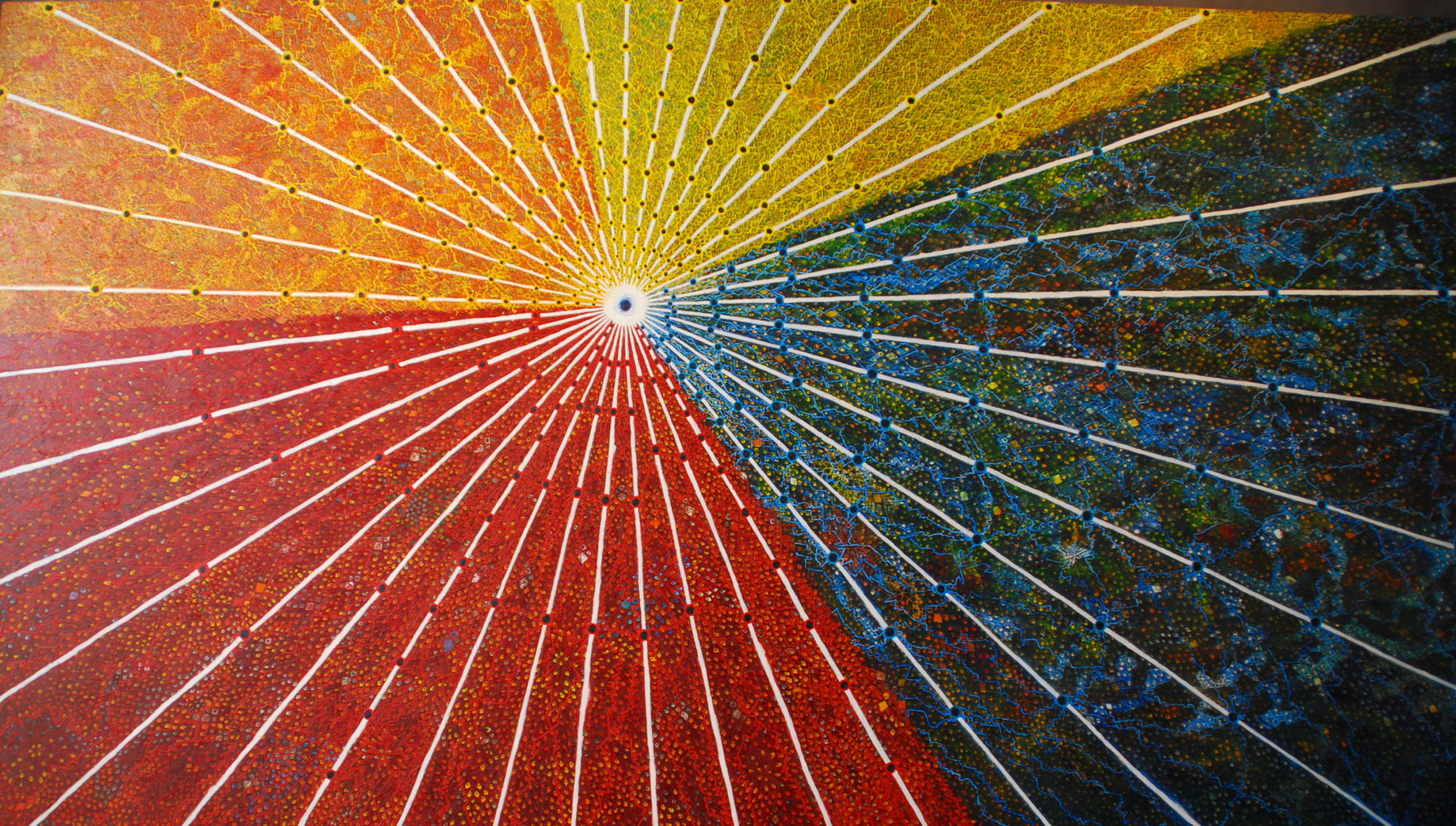Hue really reminds me of Luxor in Egypt, only not as magnificent (not to mention 3000 years late). As the former imperial capital of Vietnam, a whole succession of kings ruled from and died here, leaving behind a whole lot of beautiful ruins. To see as much as we could in one day (really, one afternoon after we had to spend the morning getting the computer’s power cord repaired), we hired two moto drivers and set off.
Our first moto stop: The Citadel, the former central city. It’s an enormous walled compound, stretching for miles on all sides and guarded by enormous gates. Through these impressive fortifications exists an entire city of temples and royal palaces. The buildings were beautifully ornate and adorned with gold. The grounds were vast and beautiful, with ponds filled with lotus flowers and koi accompanying vast tree lined avenues and the aformentioned buildings.
Our time here, unfortunately, was cut short by a wicked thunderstorm that kept us captive in the main gate’s tower for a good half hour before we braved it and moved on (with the help of ponchos from our moto guides).
Second stop, Thien Mu Pagoda. Apparently a very famous Vietnamese landmark, it’s a rather basic stupa and pagoda if you ask me. But the grounds are quite lovely, it does offer some beautiful scenery overlooking the Perfume River, and the studying monks behind the pagoda were fascinating to watch.
We then meandered down to two separate royal tombs, those of Tu Duc and Minh Mang, rulers during the 19th century. Reportedly the two most beautiful, I found them remarkably similar. They were both laid out over a large tract of naturally landscaped grounds, creating in effect a beautiful park. Tu Duc’s was apparently his retreat for reflection during his life, while Minh Mang’s was built solely after his death. They then had large carved stones detailing the activities of their lives written in Mandarin, accompanied by a courtyard of stone servants. Behind this was a temple for those wishing to worship these rules. There was then a landscaped pond followed by a burial chamber — the only particularly noticible difference between the two. Minh Mang was buried solely underground, after his body was brought to the site completely underground (16 kilometers) via a now collapsed tunnel (crazy what these rulers get their subjects to do!). On the other hand, Tu Duc was in somewhat of an altar inside a series of decorated walls. Both were really beautiful parks, but dropped the ball a little bit on awe-inspiring impressiveness.

At that, our one day tour of Hue was over, and we prepared to head on into Laos.








You must be logged in to post a comment.